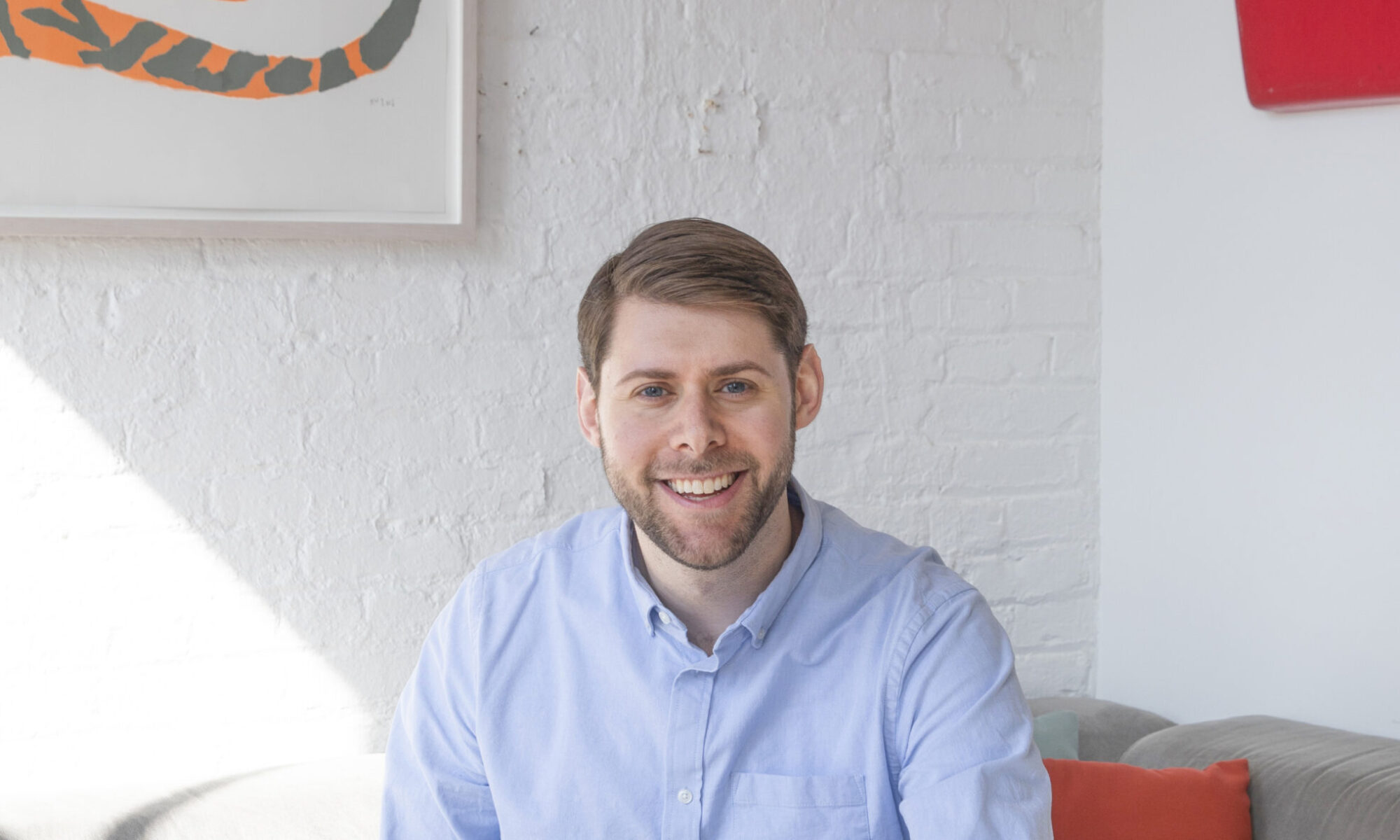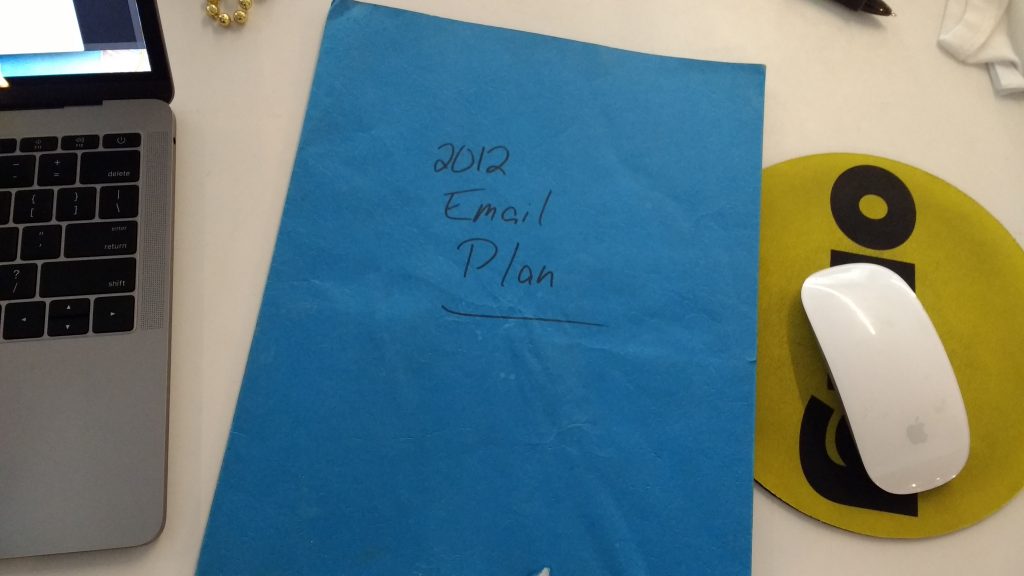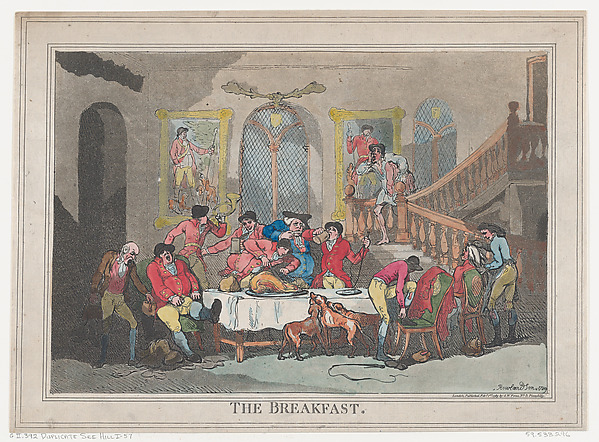I have a rule when it comes to picking new projects: If pretty much everyone is doing something, I try to head the other direction — and as fast as possible.
I like have my own space to experiment in. I like being different. Sometimes, that means I miss out on a new trend, and that’s OK. I’d rather be working on something that’s under the radar, trying to find an opportunity that nobody else sees.
And I love reading stories of people who’ve found opportunities just like that. “Moneyball” is the most famous example, but sports are full of “hidden in plain sight” stories. I found one this week while reading the obit for Frank Broyles, the former head coach at both Missouri and Arkansas. This paragraph stuck out to me:
“One of his strengths was recruiting, and particularly recruiting married athletes. In his first summer at Arkansas, Broyles recruited the newlywed Lance Alworth, a schoolboy All-American from Brookhaven, Miss., after the University of Mississippi had rejected him because of a rule against married players. Alworth went on to a Hall of Fame career as a wide receiver in the National Football League, almost entirely with the San Diego Chargers.
“Broyles had 20 married men on his 1960 squad alone.”
I’d never heard of college teams banning married players, but I find it absolutely fascinating. Broyles saw an opportunity to find talent that no one else wanted, and it eventually helped him win a national championship.
Or here’s one about my favorite baseball team, the Washington Nationals. The Nats have an unusual habit: They love drafting really talented players who are recovering from injury, like Anthony Rendon:
“Rendon, a Houston native, stayed near home for college at Rice, where he hit .371/.510/.679 as a three-year starter, including a .394/.539/.801 line as a sophomore, the year before the NCAA deadened the bats. He went pro after his junior year, and was perhaps the best player in the 2011 draft, the deepest of the past decade, but ankle injuries caused him to drop to Washington at no. 6.”
Rendon — who otherwise would have been the no. 1 pick — was a steal for the Nats. His ankle healed fine, and he made the major leagues two years after being drafted. This year, he’s been one of the best third basemen in baseball, and he’s a dark horse MVP candidate.
And it doesn’t stop there. Pretty much every year, the Nationals draft a talented pitcher who just had Tommy John surgery. Why? Most teams don’t want to put up with the rehab. But with modern medicine, pitchers who undergo Tommy John often come back healthy as ever, and the Nats have been able to acquire talent that nobody else in baseball wants.
When it comes to finding great opportunities, my motto continues to be: Don’t follow the leaders. Instead, ask yourself: What’s something that nobody else is doing? Is it something we should try?
You might find something of real value that nobody else sees.






